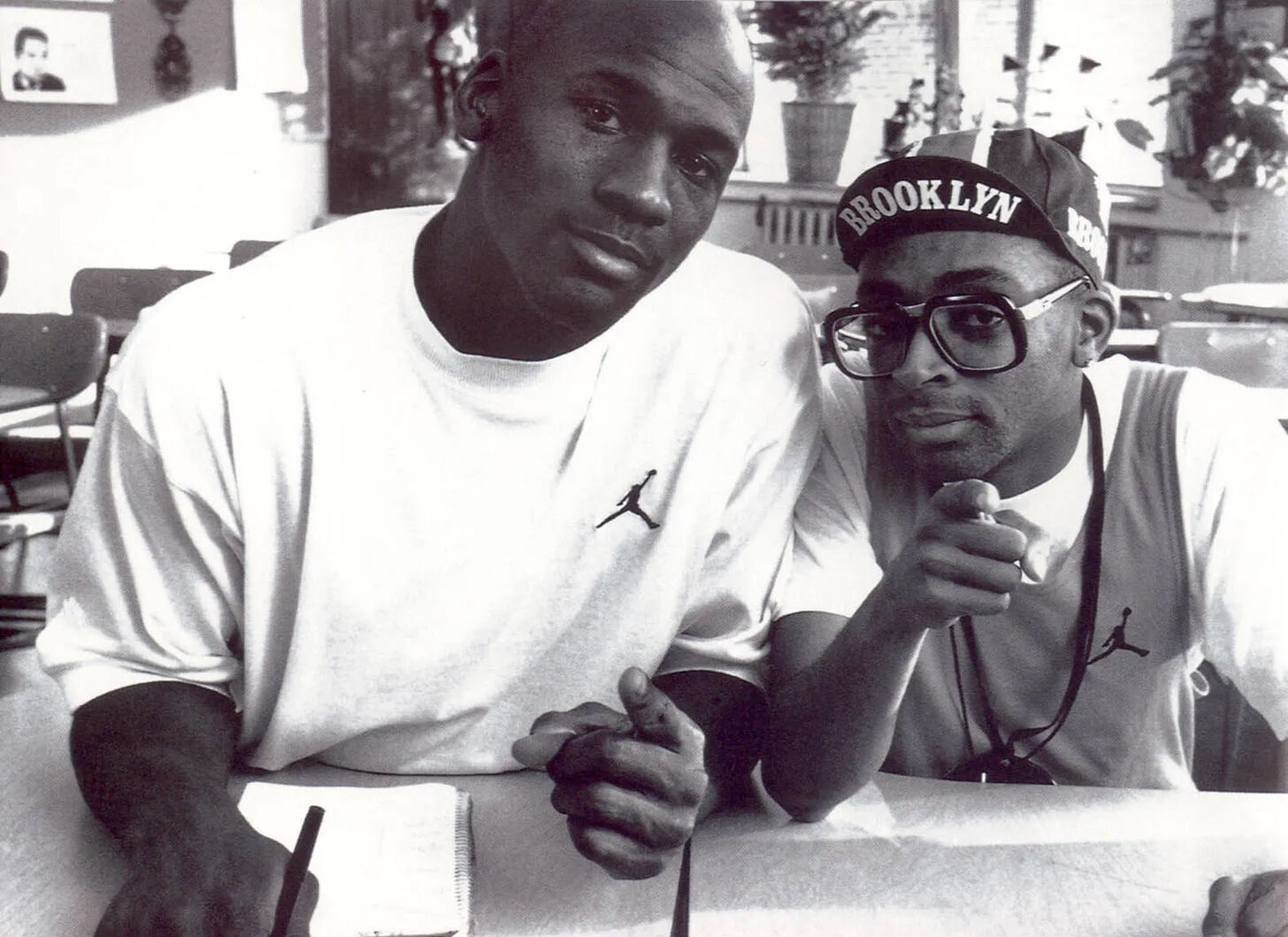Media Brands Are Having a Moment
Is dumb marketing about to leave the building? Let’s not get ahead of ourselves, but there’s reason to hope.


I’m hyped plus I’m amped.
I just listened to this week’s podcast—we’re talking about the phenomenal rise of marketing “media brands.” I think you’ll be into it.
If you don’t know, “launching a media brand” is what marketing folks call it when a company creates a sub-brand for things like thought leadership, community and news. It’s like the company blog on steroids. And suddenly everyone’s doing it.
Robinhood recently invested $30m in a media brand called Sherwood.
Clari recently launched a media brand called Run Revenue.
Apple has Today at Apple, their in-store and video program. (Yes, media brands include events.)
Media brands have been a marketing thing for a long time, but they‘re currently having a moment because the business world is sort of waking up to the fact that their customers are—wow!—people.
The opposite of a media brand is old school marketing. Cold email, SEO, ebooks, lead generation forms with gated content, stuff like that. Unlike those tactics, which employ an internet bag of tricks to get customers’ attention, a media brand's purpose is to first make content their customers actually want to consume, in the places they want to consume it. And only after that, to sell product.
Nike’s been doing this for decades.
Why not put the selling part first, if that’s the real goal? Because if you write an ebook or a blog or podcast preoccupied with selling something, it will suck. But if you flip it—focus on making valuable content first—you have a chance to make it good, even great. Now you’ve given the audience the chance to believe in you and your mission and products, and that’s gold.
That’s the idea anyway.
Three disclaimers here. First, it’s not really either or. Some of those classic marketing tactics work, depending on the situation. It’s okay and expected to mix the two approaches.
Second, it’s very hard for traditional marketing departments to make this transition. If this describes your company, your CEO or CMO has to make the assignment crystal clear, because your marketing team will do whatever they can to keep doing the old stuff. Part of making the assignment clear is creating new metrics your team can shoot for, like subscribers and engagement.
Third, the POV of your content has to fit with the thing you’re selling.
For example, Gold Front sells strategy and brand creative to category creators. So we talk about those things here. And we don’t just talk about them, we promote a specific point-of-view, which is also reflected in our agency’s offering. If you like what we’re laying down, and you’re someday shopping for strategy and creative, there’s a good chance you’ll call us.
We get into all this and more on the podcast. In particular, Patrick and I talk about the importance of a well-defined ethos in the creation of a media brand. We also talk about Andy Raskin’s smart approach to strategic narrative and compare and contrast it with ours at the studio.
Next.
